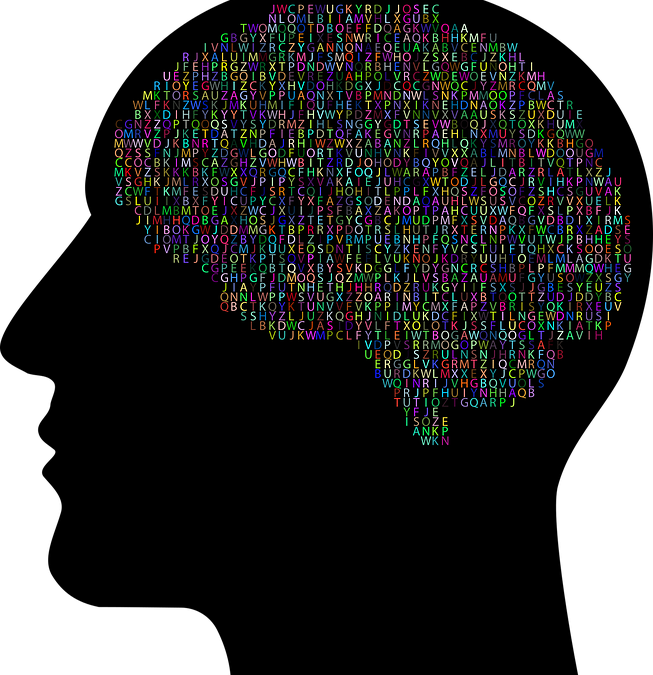
Parkinson’s Disease – What You Need to Know
July 10, 2018
Senior Eating Disorders – What to Know
September 3, 2018Transient Ischemic Attacks – What You Should Know
Introduction
A Transient Ischemic Attack (TIA) or a mini-stroke is caused by a temporary blockage of blood flow to the brain due to a clot lodged in the artery. A mini-stoke has similar symptoms of an ischemic attack, the most common type of stroke. The main difference is TIA symptoms last for a few minutes to hours until the clot dissolves or dislodges on its own.
A stroke causes permanent damage to the brain because blood and oxygen flow are cut off for a longer time. It is a scary occurrence for anyone who experienced TIA since it may serve as a major warning sign of a full-blown stroke to come.
Seeking medical attention right away can help distinguish a mini-stroke from a real ischemic attack. TIA is a treatable condition and may require post-stroke rehabilitative care. Medical treatment and lifestyle adjustments can prevent TIA recurrence and reduce the risk of a stroke.
Causes of Transient Ischemic Attack
A blood clot that clogs the artery leading to the brain is the leading cause of a mini-stroke. TIA is also commonly caused by atherosclerosis or a buildup of plaques in the arteries. These plaques come from fatty deposits of cholesterol in the body. They can cause a clot to develop and float around in the body or an artery. It can reduce blood flow or get clogged in the artery. TIA occurs when the clot blocks blood and oxygen flow to the brain.
Symptoms of Transient Ischemic Attack
• Numbness, weakness, or paralysis in one side of the body, the face, arm or legs
• Sudden, severe headache of unknown cause
• Slurred speech
• Confusion
• Double vision or blindness in one or both eyes
• Loss of balance
• Lack of physical coordination
• Dizziness or passing out
Risk Factors of TIA
Some of the risk factors of TIA can be managed to prevent full stroke. Others cannot be changed. They include:
• Genetics
• Age
• Gender
• Race
• Previous transient ischemic attack
• Sickle cell disease
Reducing the Risk of TIA and Stroke
Certain health conditions and lifestyle choices increase the risk of getting TIA and stroke. Some 1 in 3 people go on to have a stroke after having a min-stroke. However, if the following risk factors are managed well, i.e. risk avoidance and preventative care, it can reduce the chance of a stroke. People who have two or more risk factors are typically at a greater risk.
Health Conditions:
• High cholesterol
• High blood pressure
• Diabetes
• Cardiovascular disease
• Peripheral artery disease
• Carotid artery disease
• Obesity
• Elevated levels of homocysteine
Lifestyle Choices:
• Poor nutrition
• Smoking tobacco
• Alcoholism
• Use of illicit drugs
• Physical inactivity
• Use of birth control pills
Treatment for Transient Ischemic Attack
If you suspect from the symptoms you suffered a TIA, you should seek medical attention immediately. Your doctor may perform various tests including CT scans, MRI’s, and MRA’s if necessary to make a diagnosis. Treatment depends on the type, severity, cause, and location of the TIA.
Medication: Anti-platelet drugs or anti-coagulant medication may be prescribed to prevent clotting in the body. Thrombolytic therapy using a thrombolytic agent may be used to dissolve blood clots blocking blood flow to the brain. It is especially useful for an ongoing stroke. Medication may also be prescribed to treat underlying health conditions associated with TIA and stroke.
Surgery: A carotid endarterectomy may be required to unclog the carotid artery in the neck. This surgical procedure is done to remove the plaques or fatty deposits to prevent another TIA or a stroke.
Angioplasty: Carotid angioplasty, or stenting, may be necessary for some patients. This surgical procedure is done to place a small wire tube or stent into the clogged artery to keep it open.
Lifestyle Changes: Eating healthier, exercising, stress management, and kicking certain habits, such as smoking cigarettes, abusing illicit drugs, or drinking excessive alcohol, can help reduce the chance of TIA or a stroke.
Getting Professional Help
Transient ischemic attack can happen to anyone. It is preventable to some extent and is treatable. Perhaps the most important thing you need to know are the symptoms and to call 911 to avoid medical complications. It is especially important to do so since TIA and stroke have some similar symptoms.
Many times, a person may require post-stroke rehabilitation which can be done in a residential or outpatient setting. Maplewood Sauk Prairie Health & Rehabilitation Center, in Sauk City, WI, can provide stroke rehabilitative care for your or your loved one in a compassionate environment.
Physical therapy, occupational therapy, and speech therapy are part of their post-stroke treatment programs which are managed by a professional and qualified medical staff. These services are offered in an inpatient or outpatient environment, depending on the client’s needs. Their goal is returning you or your loved one to an active life by working to reduce the challenges posed by a TIA or stroke.
Sources:
American Heart Association/American Stroke Association: https://www.strokeassociation.org/STROKEORG/AboutStroke/TypesofStroke/TIA/Transient-Ischemic-Attack-TIA_UCM_492003_SubHomePage.jsp
MedicineNet: https://www.medicinenet.com/transient_ischemic_attack_tia_mini-stroke/article.htm#what_is_the_prognosis_for_transient_ischemic_attack_tia
Healthline: https://www.healthline.com/health/stroke/signs-symptoms-tia-mini-stroke
Mayo Clinic: https://www.mayoclinic.org/diseases-conditions/transient-ischemic-attack/symptoms-causes/syc-20355679
WebMd: https://www.webmd.com/stroke/what-is-tia#2


